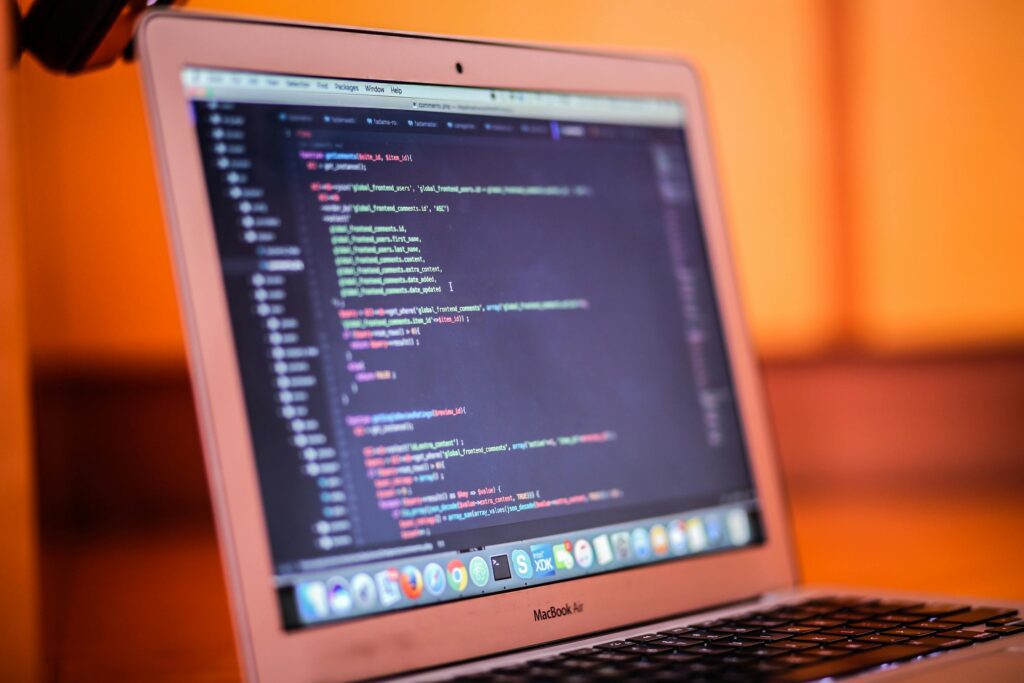The world of cybersecurity is changing faster than ever before, and 2024 is the year when the world will do so. As new technologies like artificial intelligence (AI) and 5G networks take off, businesses and individuals need to be ever more on guard in protecting their data. So whether you’re a business or technology enthusiast, there is no better way to safeguard your information than understanding the fundamental cybersecurity trends in 2024.
In this blog post, we will discuss the top cybersecurity trends of 2024, the increasing significance of zero trust security models, and how AI driven tools will transform the industry in 2024. We’ll also give you some key resources to keep you on top of emerging threats.
The Rise of Zero-Trust Security Models
Another of the biggest cybersecurity shifts is the increasing implementation of zero trust security models. The zero trust model works differently from traditional security frameworks, which trust anything within the corporate network by default. In contrast, the zero trust model treats everything, including all users and devices, as potentially compromised. This method means that it has to be verified at each access point.
Why It Matters in 2024
Ransomware and phishing are on the rise, so security needs to tighten. Microsoft says that more than 70 percent of organizations are either adopting or considering a zero trust architecture to better protect the sensitive data.
Key Resource:
For more in-depth insights into zero-trust security, check out this guide from Microsoft on how to Implement a Zero-Trust Strategy:
Artificial Intelligence and Machine Learning in Cybersecurity
With AI and machine learning (ML) continuing to play increasingly important roles regarding identifying and addressing cybersecurity threats. By 2024 more organizations will be using real time security tools that are powered by AI to detect anomalies and prevent cyber attacks. That’s where machine learning algorithms come in: they can analyze huge datasets in order to pick out patterns that human analysts might otherwise overlook.
Threat Detection Tools Driven by AI
In addition to accelerating bulk threat detection out of the box, AI tools also shorten response times to quash attacks more quickly. AI monitors traffic, detects anomalies, and alerts potential attack cases within seconds. Platforms such as Darktrace and CrowdStrike handle this process.
The Expansion of 5G Networks and its Security Implications
These networks are going to fundamentally change how we all connect, and that comes with new cybersecurity risks too. 5G is faster, more connected and with more ports for hackers to exploit vulnerabilities. As 5G becomes mainstream, DDoS attacks, Man In the Middle attacks and network infiltration are exactly what the experts predict.
Strengthening 5G Security
Facing these challenges, organizations will have to invest in multi layered security frameworks and more robust network encryption methods. Gartner warns businesses that, if their 5G networks are left unsecured, they’ll be vulnerable to disruptive, large breaches.
The Threat of Ransomware in 2024
Recently, ransomware attacks have been more frequent and sophisticated, and there is no sign that this trend will end in 2024. This has made… the launch of attacks from ransomware as a service (RaaS) by cyber criminals, against both individuals and large corporations, easier. In fact according to Cybersecurity trends in 2024, Ventures, ransomware damage is forecast to cost over $265 billion by 2031.
What Can Be Done?
In fact, organizations are looking to endpoint detection and response (EDR) and backup tools to combat the effects of ransomware attacks. In addition, experts urge businesses to educate employees on avoiding phishing emails, which are often the entry point for these attacks.
5. Cyber Hygiene in a Remote Work world is Important
Because remote work is still such a popular thing, businesses must do more to protect their employees by practicing proper cyber hygiene. That means using secure passwords, enabling multi-factor auth (MFA), keeping software updated to patch vulnerabilities.
Promoting Secure Remote Work
As remote work booms, companies are now beginning to implement virtual private networks (VPNs) and secure file sharing platforms so they won’t be at risk of data breaches. Secondly, they will need to help keep company devices secure and reduce exposure to public Wi-Fi networks.
Conclusion: Attaining Success in the Land of Cybersecurity.
In 2024, the cybersecurity landscape becomes more complex than ever with emerging threats, yet businesses and individuals can defend themselves against these threats as long as they remain informed about these latest trends and leverage AI driven tools and zero trust security models as well as robust 5G encryption. Today is the time to proactively take steps to secure your data for tomorrow.
With the knowledge and resources mentioned above, you can stay on top of safeguarding your online activities and remain ahead of the curve.
